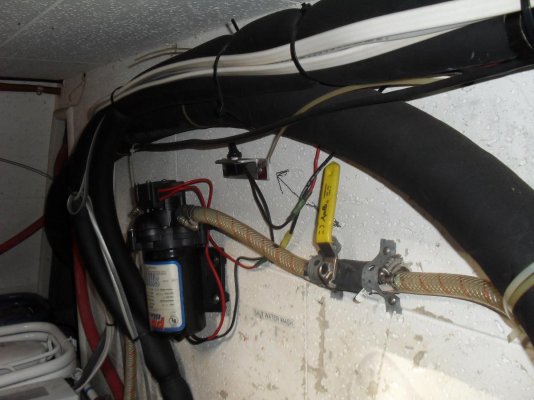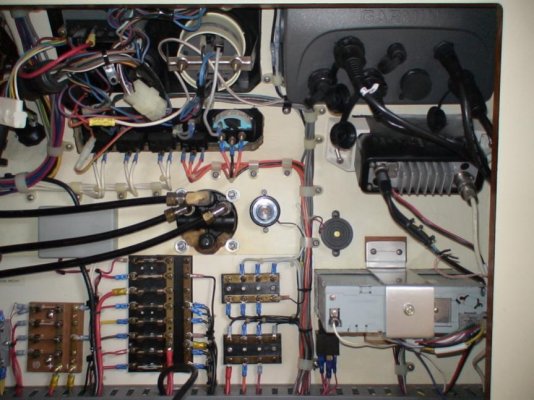jwnall
Moderator Emeritus
Just have to gripe a little bit and get it off my chest. Feel free to ignore.
Had to try and figure out some wiring yesterday. My boat is 41 years old and has had several previous owners. Not sure just how many, but several. At least one of these owners seems to have blatantly disregarded wiring conventions, which makes for a royal PITA! Example: a red battery cable going to a negative battery post. Example: same type of cable (black-white wires) used for both AC and DC wiring. Black hot on AC but negative on DC. Example: dead wires just left in place instead of being removed.
Sorry . . . it is hot and humid this time of year in Florida, and being contorted down in the bilge with screwed up wiring is aggravating. So just had to vent a little.
Had to try and figure out some wiring yesterday. My boat is 41 years old and has had several previous owners. Not sure just how many, but several. At least one of these owners seems to have blatantly disregarded wiring conventions, which makes for a royal PITA! Example: a red battery cable going to a negative battery post. Example: same type of cable (black-white wires) used for both AC and DC wiring. Black hot on AC but negative on DC. Example: dead wires just left in place instead of being removed.
Sorry . . . it is hot and humid this time of year in Florida, and being contorted down in the bilge with screwed up wiring is aggravating. So just had to vent a little.





